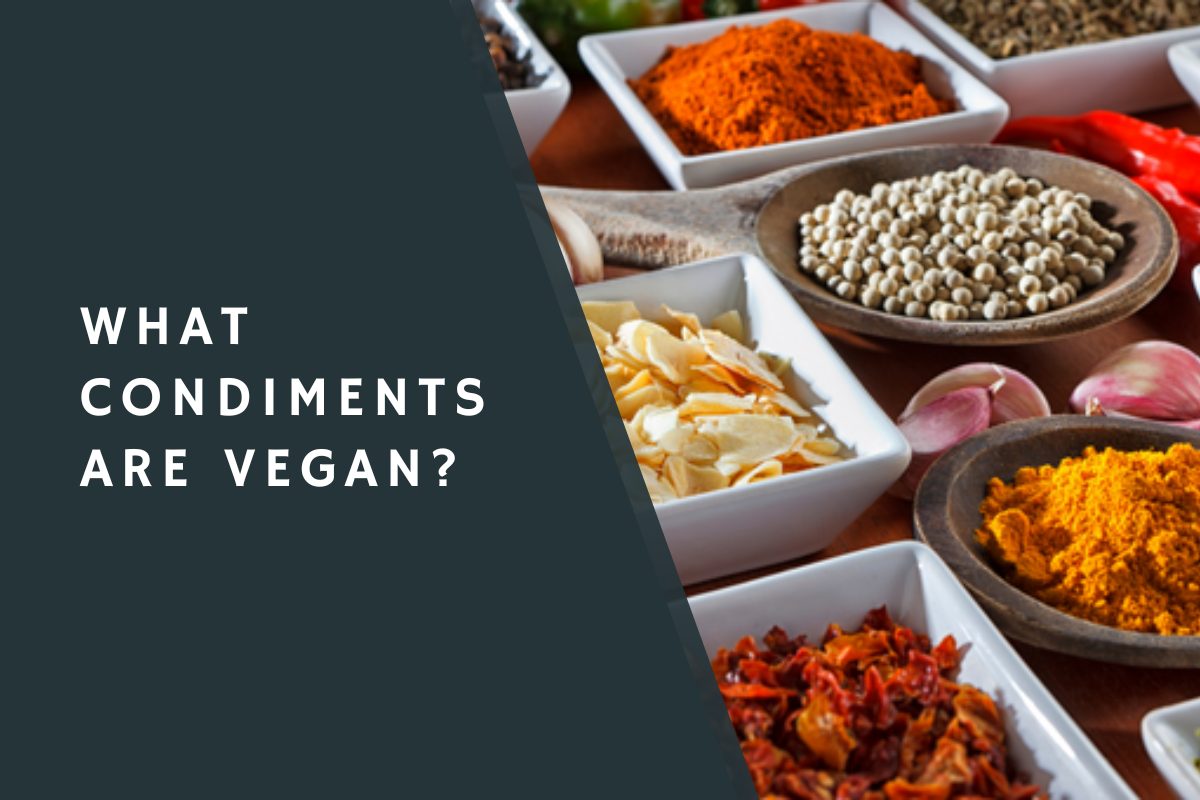Are you trying to figure out how to create a delicious meal without the worry of gluten? Are you looking for condiments that don’t contain any gluten-containing ingredients? If so, you’ve come to the right place.
Which Condiments Are Gluten Free?
Condiments that are gluten-free include soy sauce, tamari, Worcestershire sauce, red wine vinegar, and balsamic vinegar.
In this article, we’ll discuss which condiments are gluten-free and safe to consume.

See Also: Is Condiment a Food?
Which Condiments Are Gluten Free? – Guide
Condiments are food products that are used to enhance the flavor of other foods. They can be added to foods during preparation or served on the side.
Condiments can come in many forms, including sauces, dips, spreads, and dressings. Some common condiments include ketchup, mustard, mayonnaise, hot sauce, soy sauce, barbecue sauce, salsa, and relish.
Gluten-free condiments
Many condiments are naturally gluten-free, but some may contain gluten-containing ingredients, such as wheat-based thickeners or malt vinegar.
When purchasing condiments, it’s important to read the labels carefully to ensure that they are gluten-free.
Here is a list of some common gluten-free condiments:
- Ketchup: Most ketchup brands are gluten-free, but it’s important to check the label to ensure that it doesn’t contain any wheat-based thickeners.
- Mustard: Most mustards are gluten-free, but it’s important to check the label to ensure that it doesn’t contain any wheat-based ingredients or malt vinegar.
- Mayonnaise: Most mayonnaise brands are gluten-free, but it’s important to check the label to ensure that it doesn’t contain any wheat-based ingredients.
- Hot sauce: Most hot sauces are gluten-free, but it’s important to check the label to ensure that it doesn’t contain any wheat-based ingredients or malt vinegar.
- Soy sauce: Traditional soy sauce contains wheat, but there are gluten-free soy sauce options available, such as tamari or coconut aminos.
- Barbecue sauce: Most barbecue sauces are gluten-free, but it’s important to check the label to ensure that it doesn’t contain any wheat-based ingredients or malt vinegar.
- Salsa: Most salsas are gluten-free, but it’s important to check the label to ensure that it doesn’t contain any wheat-based thickeners.
- Relish: Most relishes are gluten-free, but it’s important to check the label to ensure that it doesn’t contain any wheat-based thickeners.
condiments with gluten
There are some condiments that are not gluten-free and should be avoided if you’re following a gluten-free diet.
These condiments often contain wheat-based thickeners, malt vinegar, or other gluten-containing ingredients. Here is a list of some common condiments that are not gluten-free:
- Teriyaki sauce: Traditional teriyaki sauce contains soy sauce, which contains wheat. However, there are gluten-free teriyaki sauce options available.
- Hoisin sauce: Hoisin sauce often contains wheat flour as a thickener.
- Oyster sauce: Oyster sauce often contains wheat flour as a thickener.
- Worcestershire sauce: Worcestershire sauce contains malt vinegar, which is made from barley, a gluten-containing grain.
- Salad dressings: Many salad dressings contain wheat-based thickeners or malt vinegar.
- Tartar sauce: Tartar sauce often contains wheat flour as a thickener.
- Soy sauce: Traditional soy sauce contains wheat, but there are gluten-free soy sauce options available, such as tamari or coconut aminos.
Cross-contamination
In addition to checking the ingredients of condiments, it’s important to consider the possibility of cross-contamination.
Cross-contamination occurs when gluten-containing foods come into contact with gluten-free foods, potentially leading to the presence of gluten in otherwise gluten-free food.
This can happen during the manufacturing process or in restaurants where shared equipment or surfaces are used for both gluten-free and gluten-containing foods.
To reduce the risk of cross-contamination, it’s important to carefully read labels and choose condiments that are certified gluten-free.
It’s also important to ensure that condiments are stored and prepared separately from gluten-containing foods.
In addition, when eating out, it’s a good idea to inform the server or chef of your gluten-free dietary requirements and ask about their practices for preventing cross-contamination.
Conclusion
No matter what dietary restrictions you have, there is always a way to enjoy food and make it delicious.
With the help of this list of gluten-free condiments, you can make sure your meals are just as flavorful and enjoyable as ever.
So go ahead, explore the world of condiments, and find out which ones are just right for you!
I hope this blog post is helpful for you in understanding which condiments are gluten-free.
Read Also: Which Condiments Are Vegan?
I am an accomplished tech writer with a passion for simplifying complex technology concepts. With a background in Tech, James has dedicated their career to making the intricacies of the digital world accessible to a broad audience.








